Our Blog
Blog All Items Title
All Recent Articles
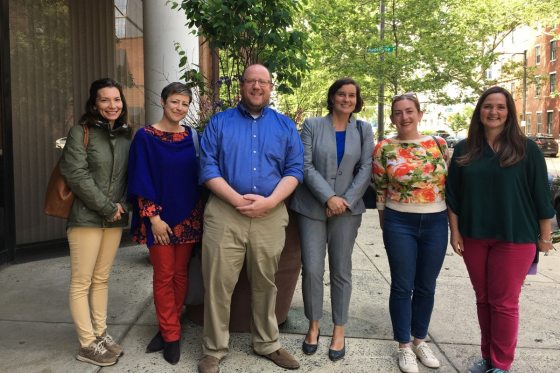
Entering an Organization as a New Leader: Fellows Leadership Salon
PHS President Matt Rader, who has been in his role for three years now, led an inspiring salon focused on entering an organization as a new leader and discussed the importance of new leaders knowing their sector, assessing and understanding their organization, empowering their staff, and delivering outstanding quality to both the community and an organization’s supporters.
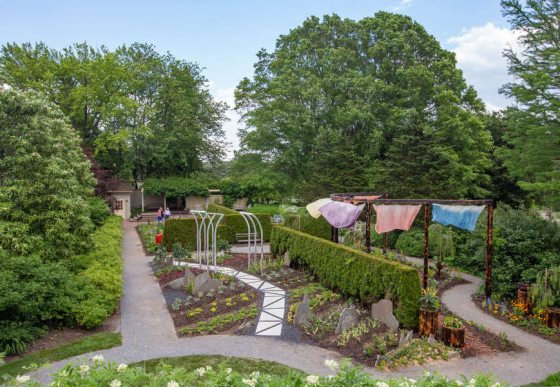
Seeds of Inspiration
For the second-year Professional Horticulture students who have designed this year’s Student Exhibition Garden, inspiration comes in the form of seeds—their resiliency, their resulting dyes and textiles, their importance in food crops, and the symbolism of seeding and growing an interest in biological science.
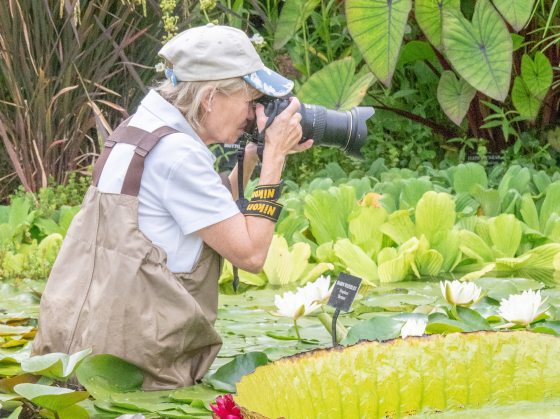
Capturing the Beauty: Image Management at Longwood
For a librarian, managing images at Longwood Gardens is in the “dream job” category. Images are an essential tool for telling the Longwood story and sharing Longwood with the world. From beauty shots of seasonal displays to documentation of plumbers calibrating fountains to yearly Waterlily Display preparation, there is always something to photograph at Longwood. As Longwood’s digital resource manager, keeping up with the “fire hose” of images and delivering just the right images when they are needed is an exciting challenge … and every day is different!
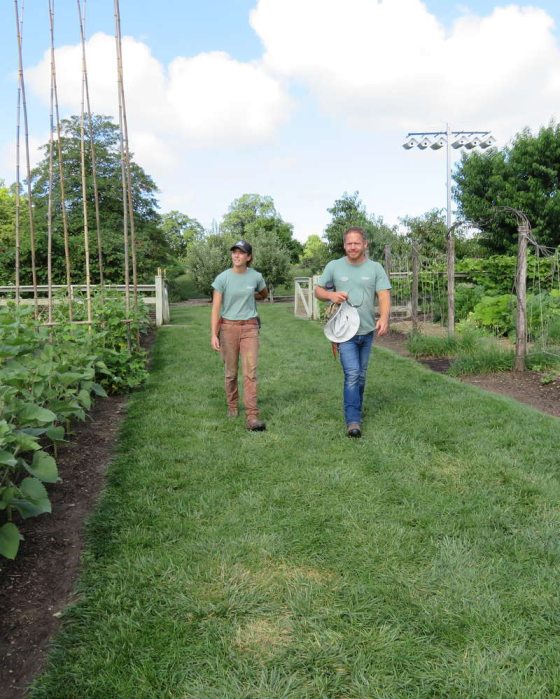
Learning by Doing: Our Professional Horticulture Program
Our tuition-free Professional Horticulture Program is as unique—and inspirational—as its students. Combining practical experience, coursework, hands-on projects, and study abroad travel, the two-year immersive program prepares students of varied interests and ages—high schoolers to career changers—for careers in horticulture through fun, active learning.
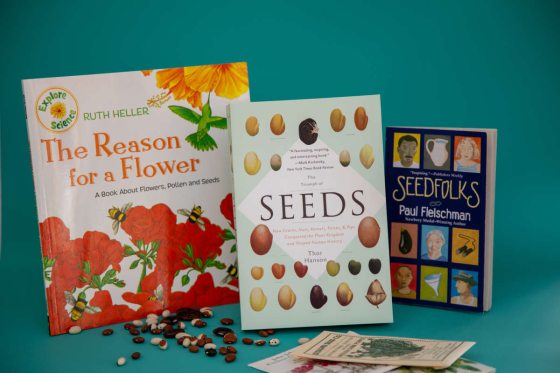
Experience the Strange World of Seeds
Dig into this year’s Community Read books, and you’ll unearth things you never knew about seeds. In Thor Hanson’s The Triumph of Seeds, you’ll learn about a date seed that sprouted after lying dormant for nearly 2,000 years; cotton seeds that traveled more than 500 miles by wind and wave to gain new ground in the Galapagos Islands; and wild primates who “shop the apothecary of the rainforest” for the healing powers of plants … and seeds.
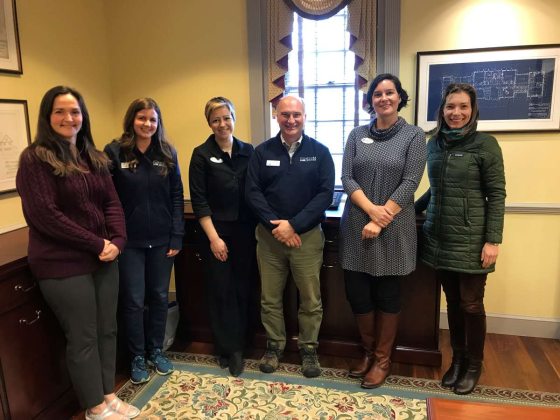
Examining an Organization’s Most Important Resource: Fellows Leadership Salon
During visits to regional gardens for salon-style discussions, the Longwood Fellows are given the opportunity to learn firsthand from experts in the field of public horticulture. Hosted by Delaware’s Mt. Cuba Center, this latest salon provided the Fellows with insight on human resources leadership and management.
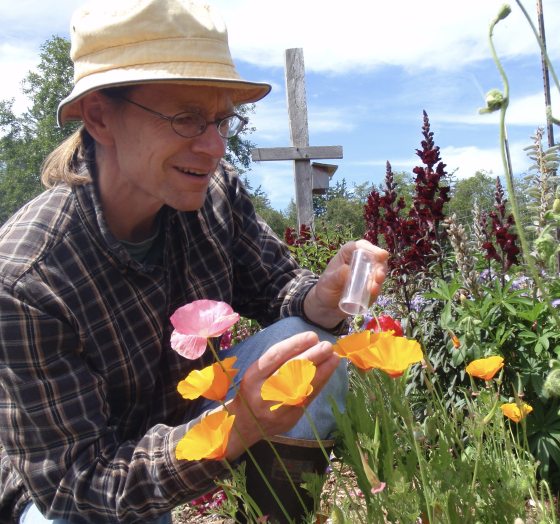
Community Read: A Conversation with Thor Hanson
This year at Longwood Gardens, it’s all about seeds. Few people have explored these marvels of form and function as closely—and as broadly—as Thor Hanson, award-winning author of our 2019 Community Read selection, The Triumph of Seeds: How Grains, Nuts, Kernels, Pulses, & Pips Conquered the Plant Kingdom and Shaped Human History.
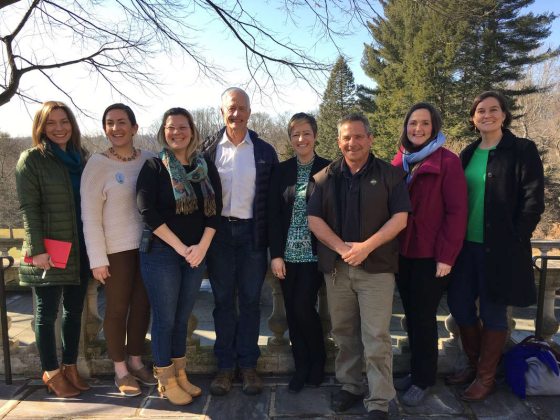
Creating Novelty in the Garden at Chanticleer: Fellows Leadership Salon
Chanticleer is a pleasure garden; its exuberant contemporary garden designs and architectural details created by skilled horticulturists and craftspeople delight the senses. During our recent Fellows salon, we learned that staff empowerment and engagement are the driving forces behind Chanticleer’s novel visitor experience.

Partnerships and Planning: Fellows Leadership Salons
The Fellows have enjoyed two salons in January; the first illustrating the importance of partnerships and the second focusing on the art of strategic planning.
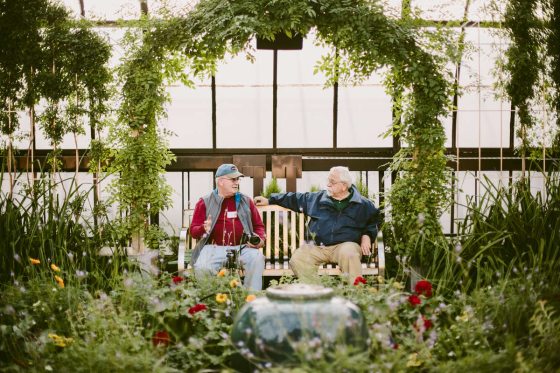
To Give or Not to Give: Longwood Fellows Examine Donation Trends for Arts and Culture Organizations
The Longwood Fellows program is fortunate to be situated within the thriving cultural community of the Greater Philadelphia area. The aphorism “a rising tide lifts all boats” is an apt metaphor for the support network that exists for the thousands of cultural organizations in the region.
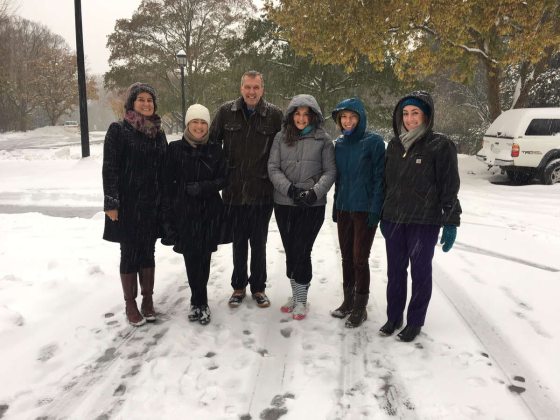
Longwood Fellows Explore the Importance of Financial Endowments
As Longwood received the first snow dusting of the season, the Fellows departed for Morris Arboretum for our third salon in a series held at culturally significant locations. For this salon, we focused on the concept of how creating financial endowments can provide consistency and reliability on an often bumpy financial road. In short—how to fund impressive new projects and pay the electric bills.
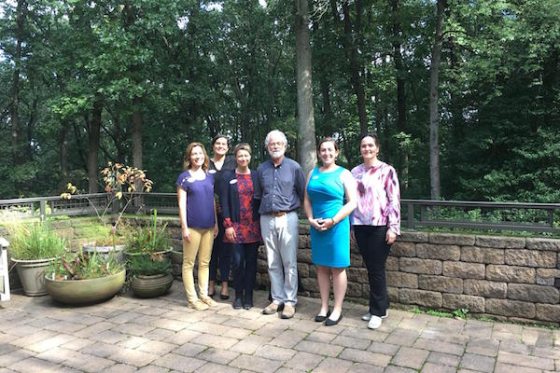
Longwood Fellows Discover Importance of Boards at Jenkins
As Fellows, the Longwood Fellows Program helps us develop our leadership fluency and understanding of organizational management. As part of the program, we visit gardens with distinct missions that set them apart from others. Our most recent salon was hosted at Jenkins Arboretum & Gardens, which is nestled in the busy Main Line area of the Philadelphia metro region.
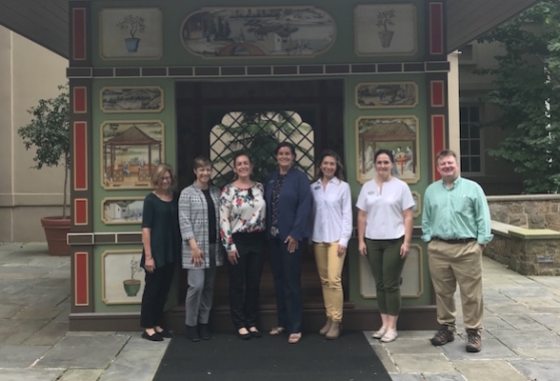
Longwood Fellows Engage in Leadership Salon at Winterthur
The Longwood Fellows Program curriculum includes salon-style discussions hosted by regional public garden and cultural arts leaders who have expertise in specific leadership-related areas. Winterthur Museum, Garden & Library was aptly selected to host the discussion of “How the Garden Fits into Institutional Mission.”
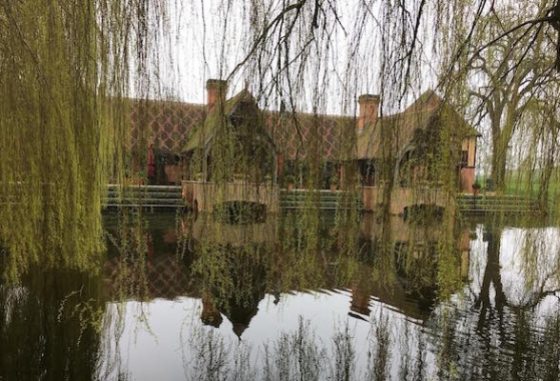
Leadership Gone Global
As nature is ever-evolving and multi-faceted, so is the operation of gardens themselves. As part of the Longwood Gardens Fellows Program, our Fellows spent two months at individual field placement sites across the globe to learn from thought leaders, as well as to share and grow their own expertise.

Community Read: A Conversation with Hope Jahren
We are proud to welcome Hope Jahren to Longwood Gardens on March 24, 2018, for Celebrating Women in Science and Horticulture, and for A Community Conversation. Recently we had the opportunity to ask the author some questions about her life as a scientist, and about writing her national bestseller, Lab Girl.
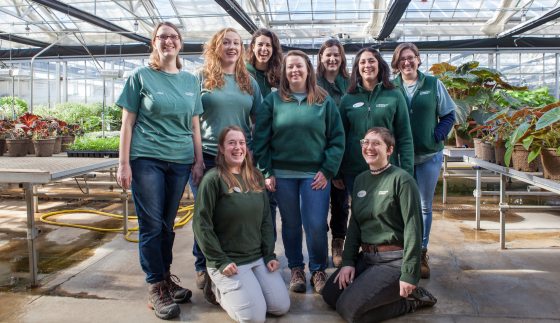
Celebrating Women in Science: A Community Read
Our 2018 Community Read, now in its fifth year, features three titles and a multitude of activities that celebrate female scientists: Lab Girl by Hope Jahren, Women in Science by Rachel Ignotofsky, and The Tree Lady by H. Joseph Hopkins. At Longwood, our dedicated staff, students, and volunteers—many of them women—work behind the scenes to bring you the beauty of our Gardens through the art and science of horticulture.
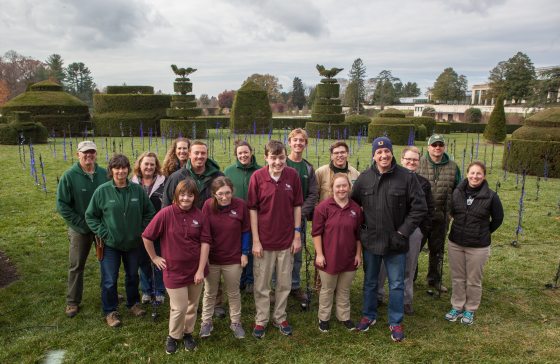
Students Discover Joy in a Job Well Done
“It’s heaven,” exclaimed Natalie Kramer when the twinkling white and blue lights began to dance for the first time in our Topiary Garden. Kramer is one of four students who have been working since September assisting Longwood Staff members on the building and installation of the Gardens’ newest holiday light display.
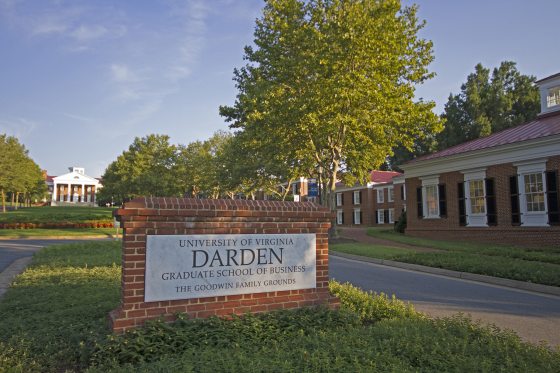
Longwood Fellows Dive into the Business of Public Gardens
Great public gardens must function as successful businesses to provide maximum impact and return on their mission. Leaders of nonprofit organizations focus on mission while also exercising fiscal discipline in order to meet their strategic objectives.
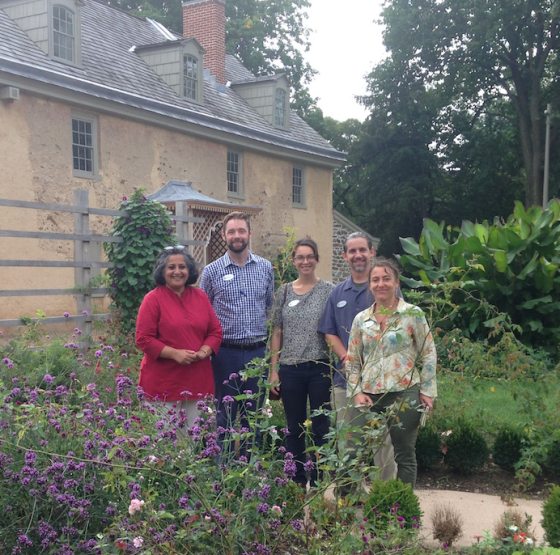
Bartram’s Garden Welcomes Longwood Fellows
In the early 1800s, at the country’s first botanic garden, Ann Bartram Carr welcomed boaters by serving them ice cream. Today, neighborhood kids ride Bartram’s Garden kayaks out to a raft on the Schuylkill River where they, too, are greeted with free ice cream. Such is the spirit of welcome that we, the Longwood Fellows, were greeted with during our recent visit to Bartram’s Garden.

Longwood Fellows Engage in Leadership Salon
On July 27, the inaugural cohort of Longwood Fellows traveled to Drexel University in Philadelphia, Pennsylvania, for the first in a series of Leadership Salons that will expose the Fellows to thought leaders in public horticulture and beyond and to the challenging topics they face in the nonprofit sector. This first salon, led by Danielle Rice, Ph.D., Director of Museum Leadership at Drexel University’s Antoinette Westphal College of Media Arts and Design, focused on the history of urban public spaces—an appropriate place to begin.